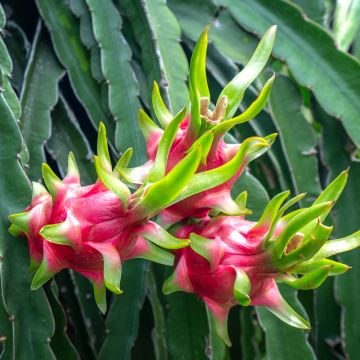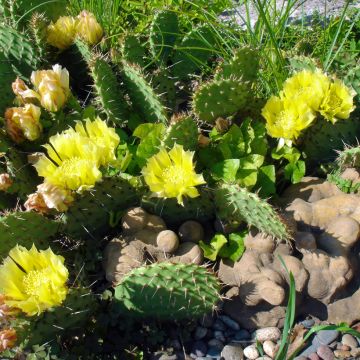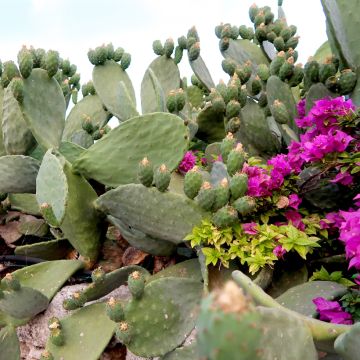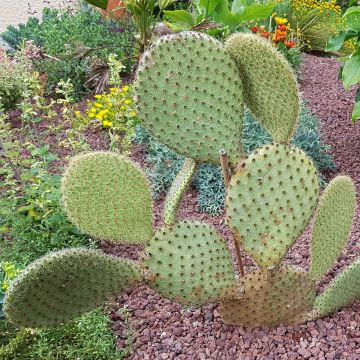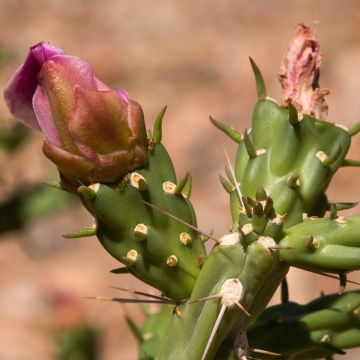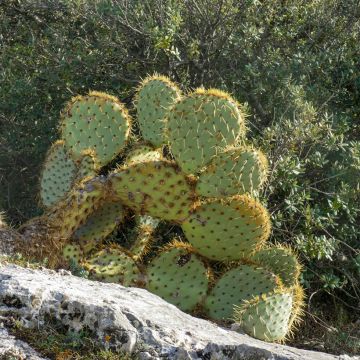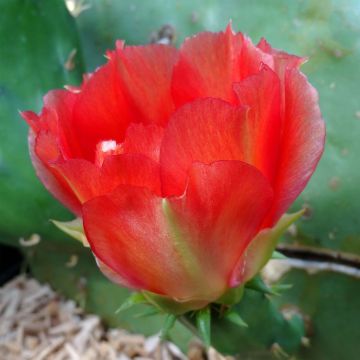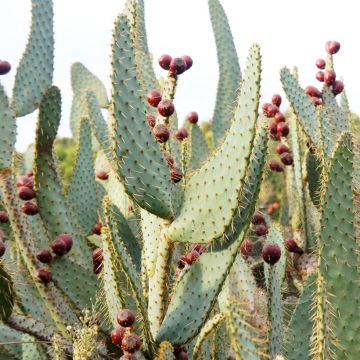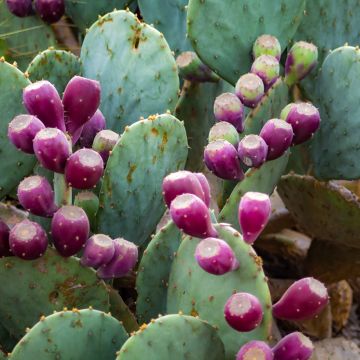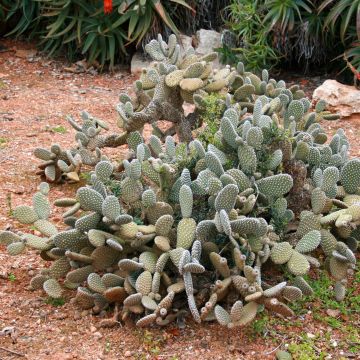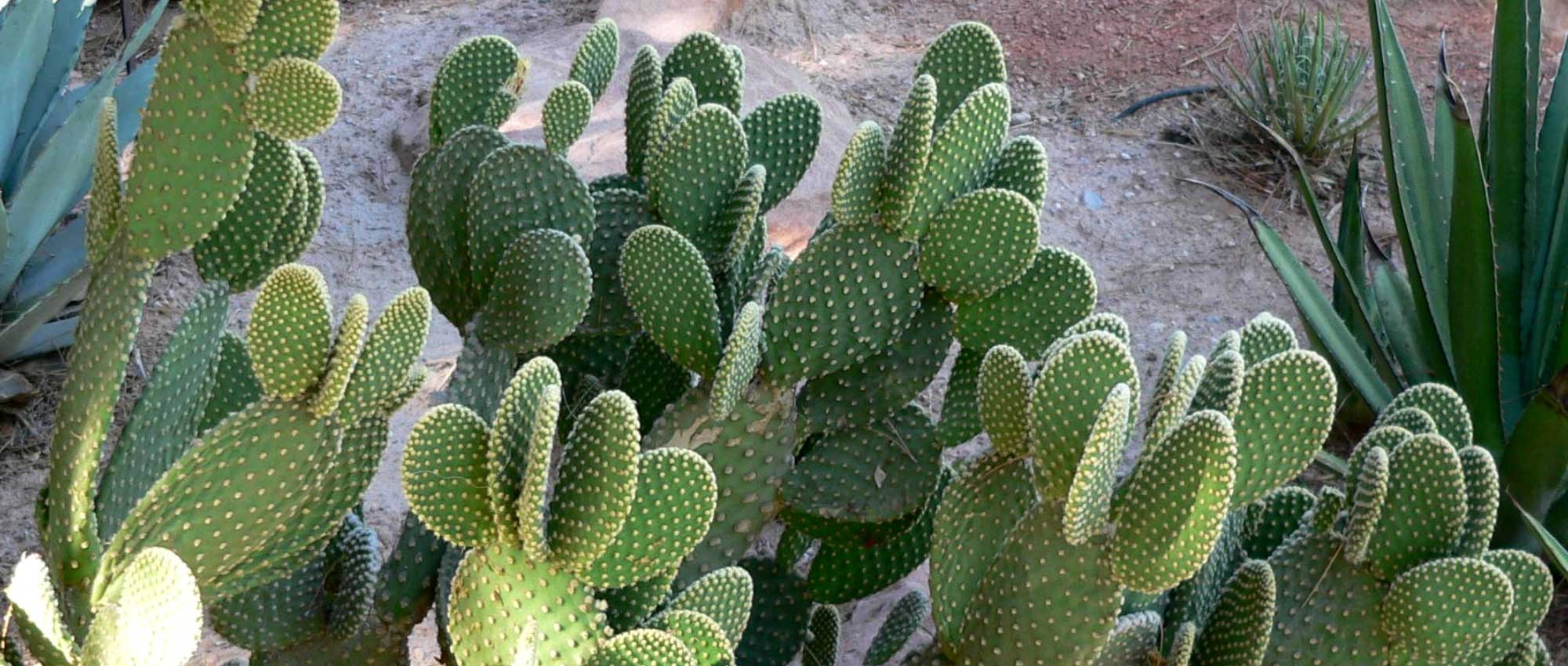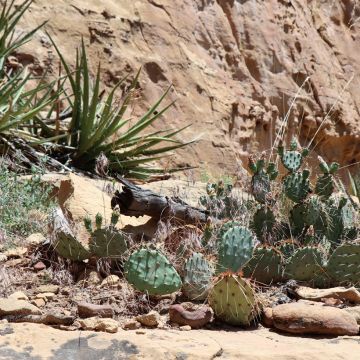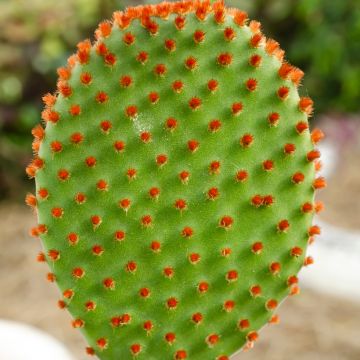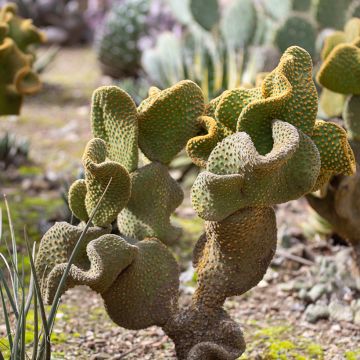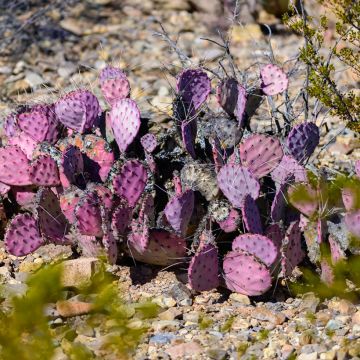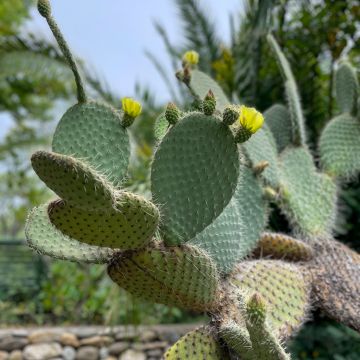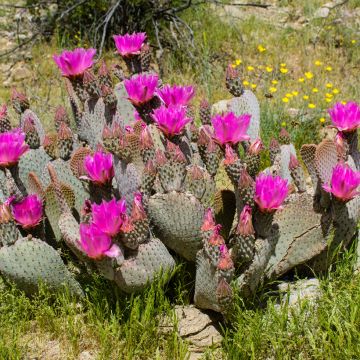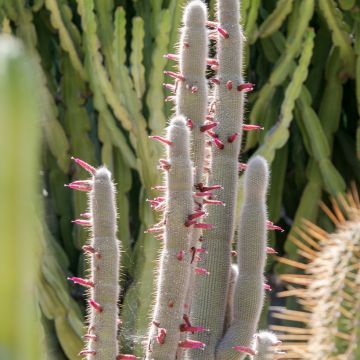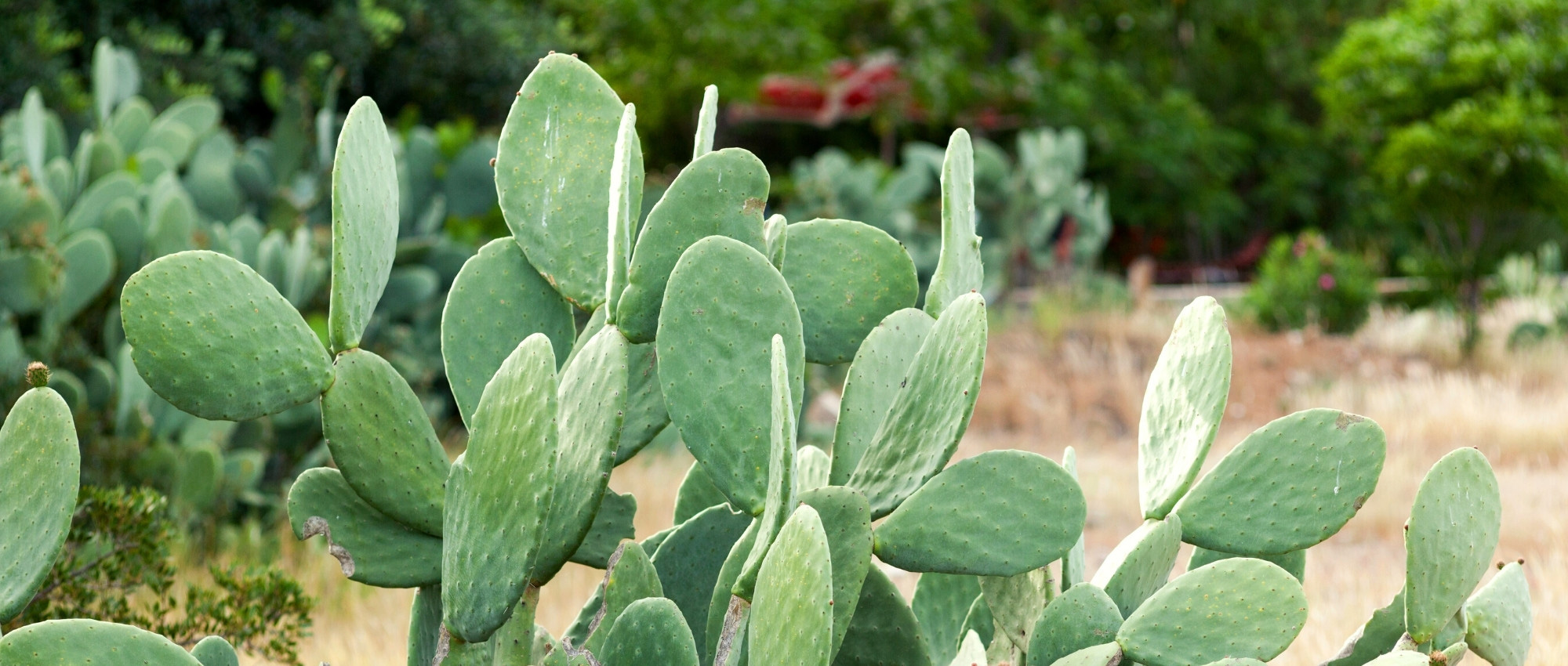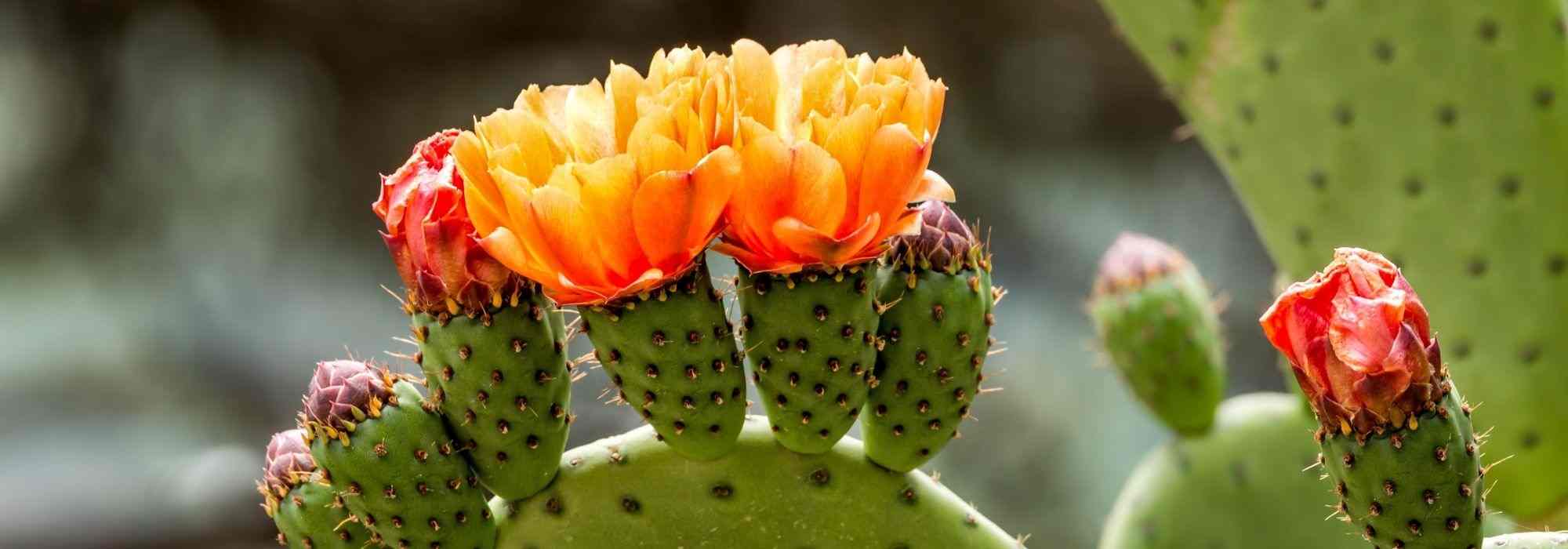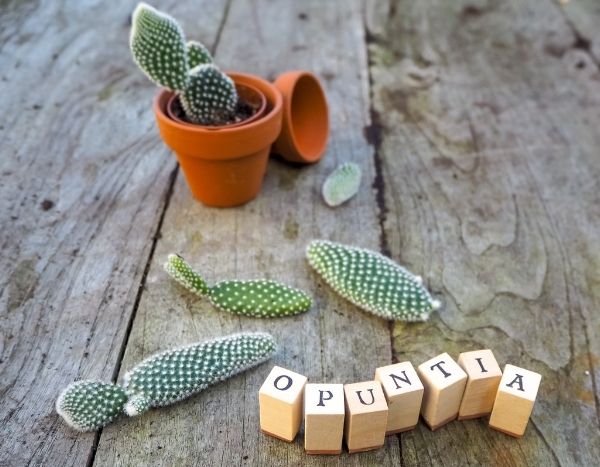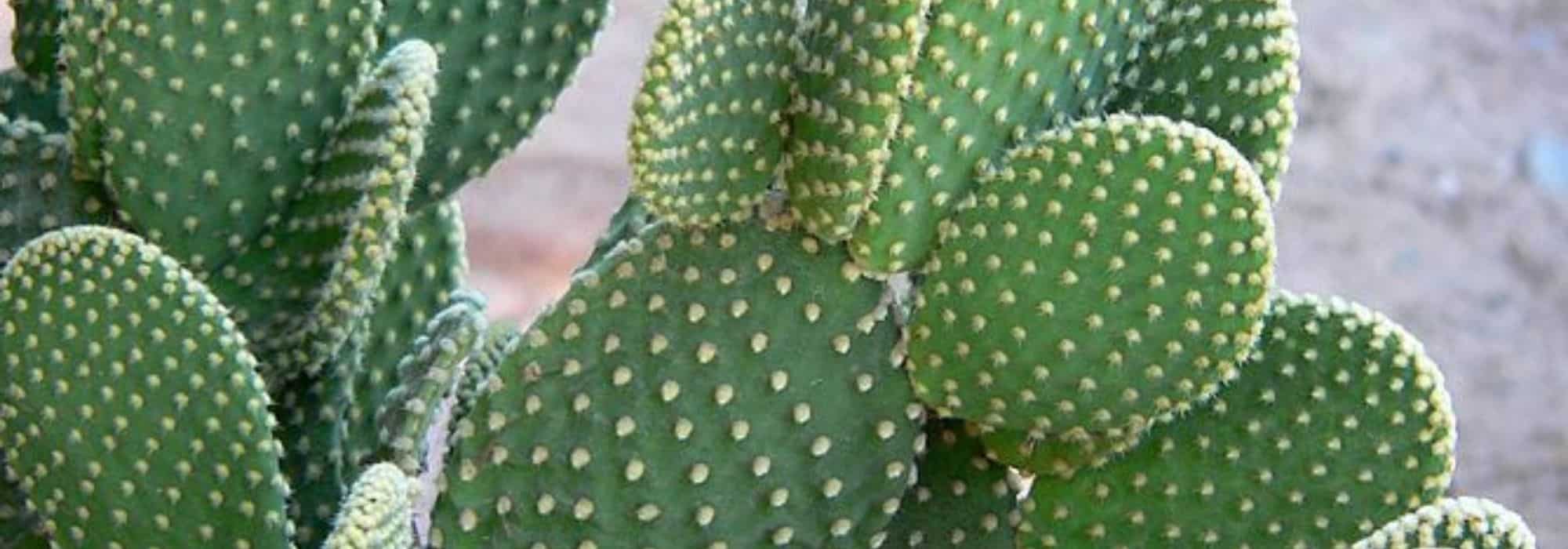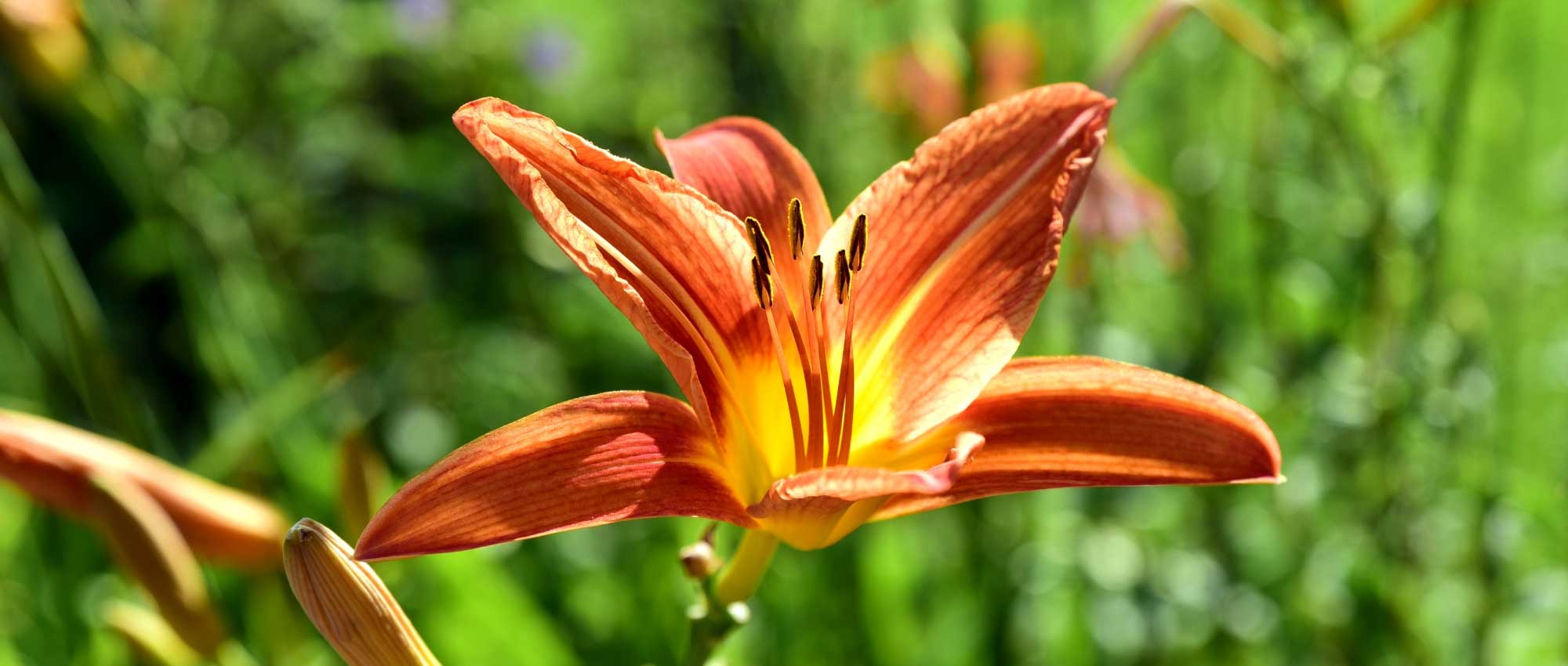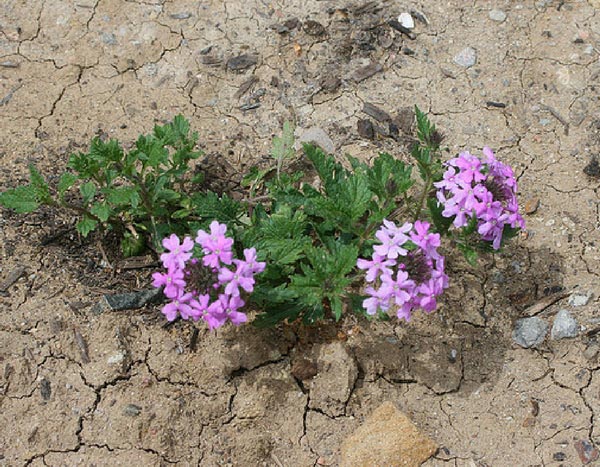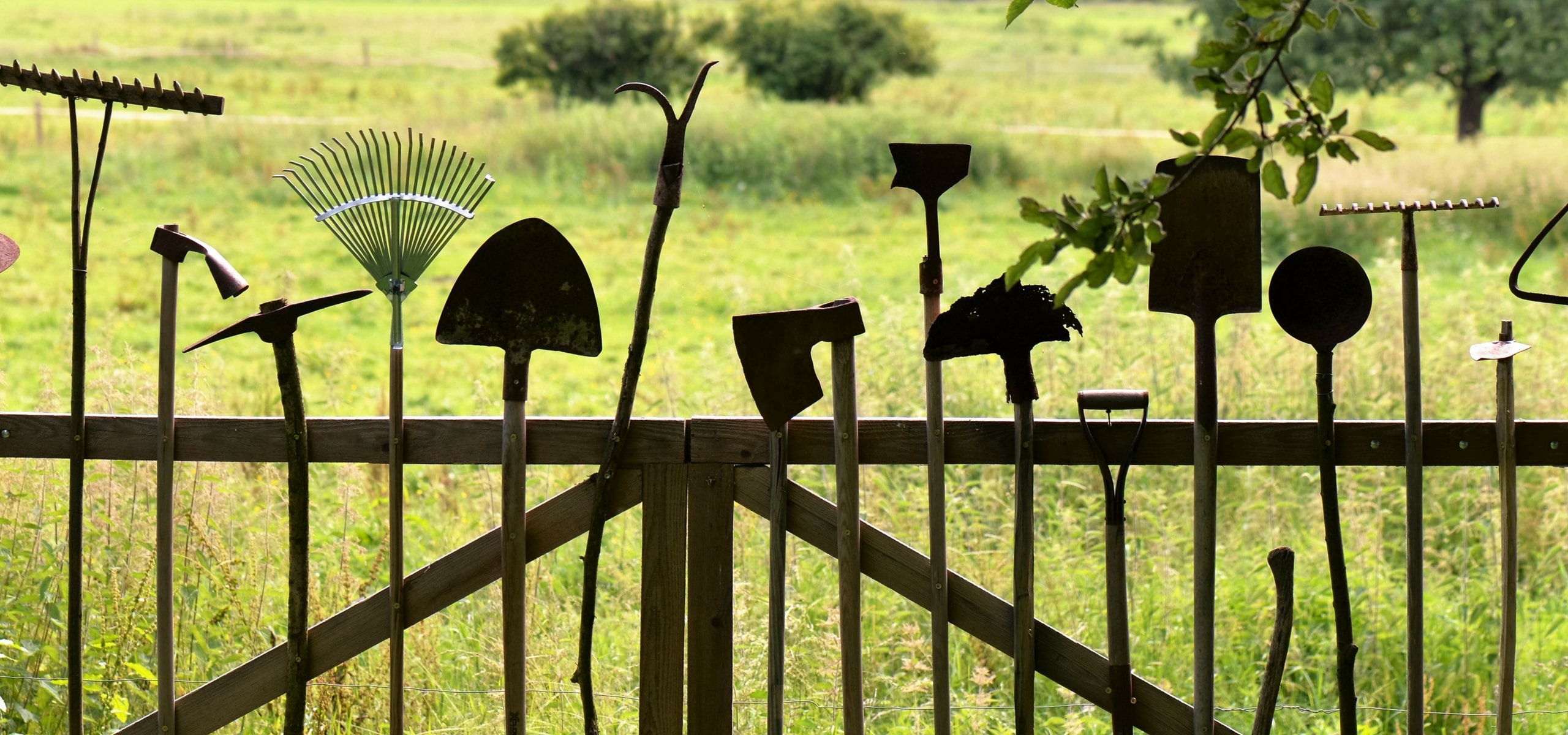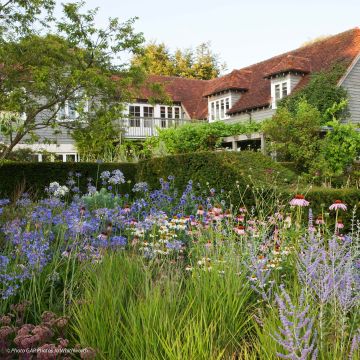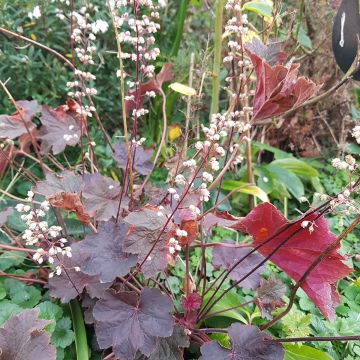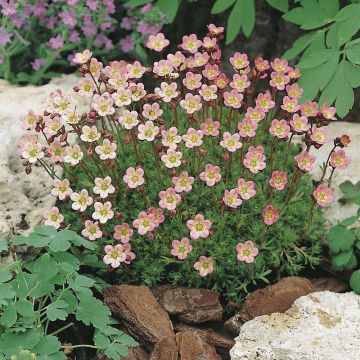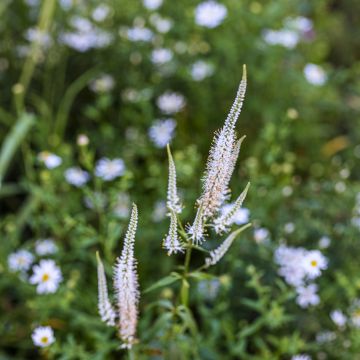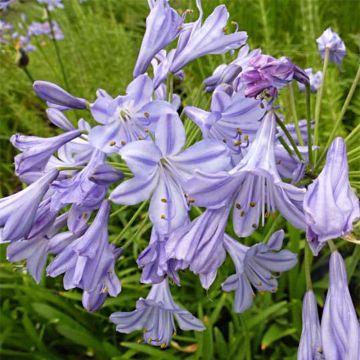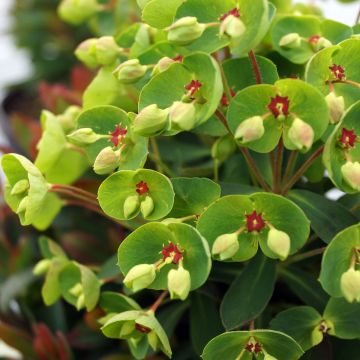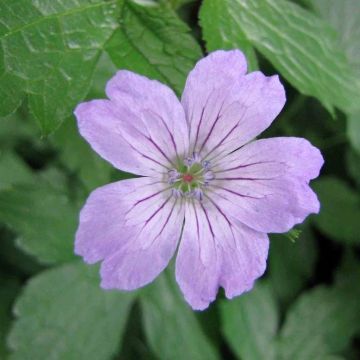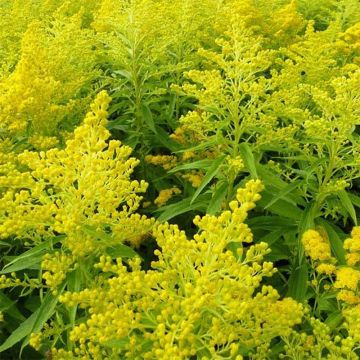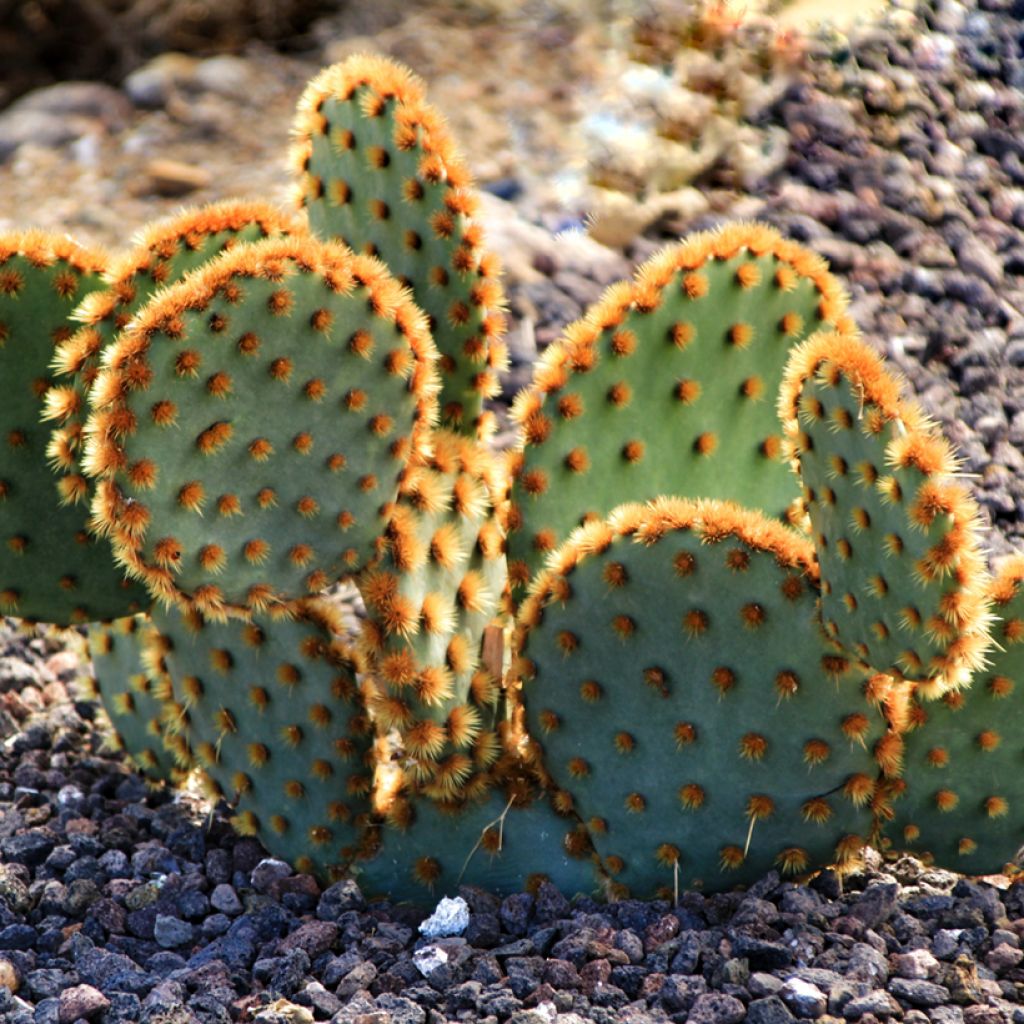

Opuntia aciculata - Prickly pear cactus
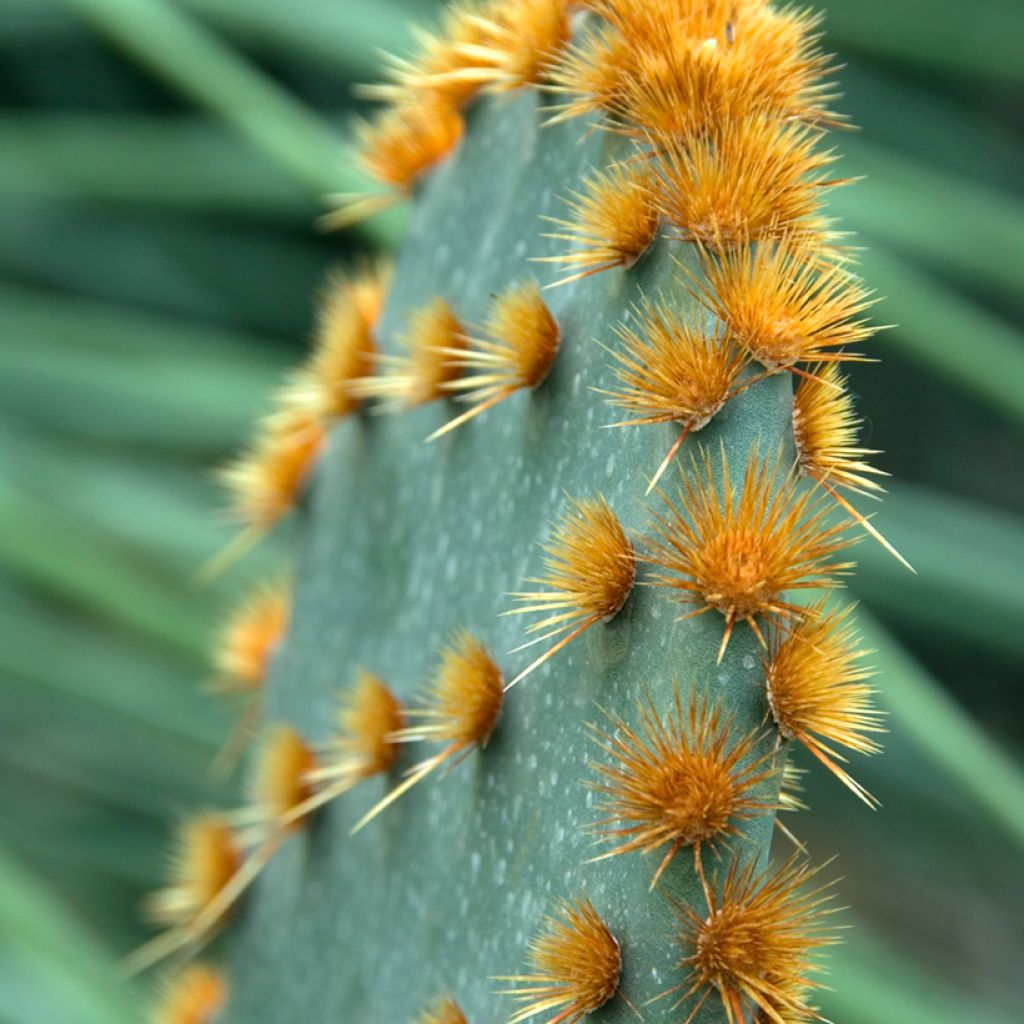

Opuntia aciculata - Prickly pear cactus
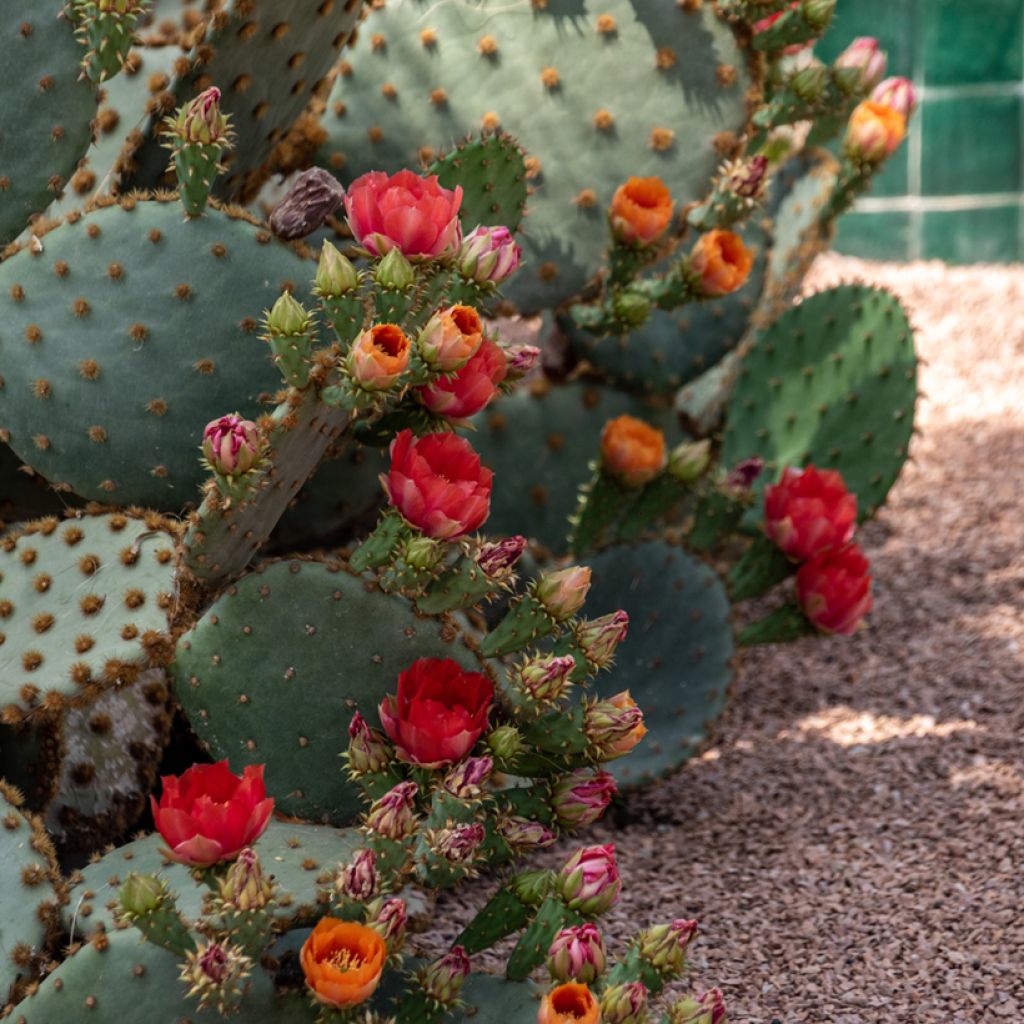

Opuntia aciculata - Prickly pear cactus
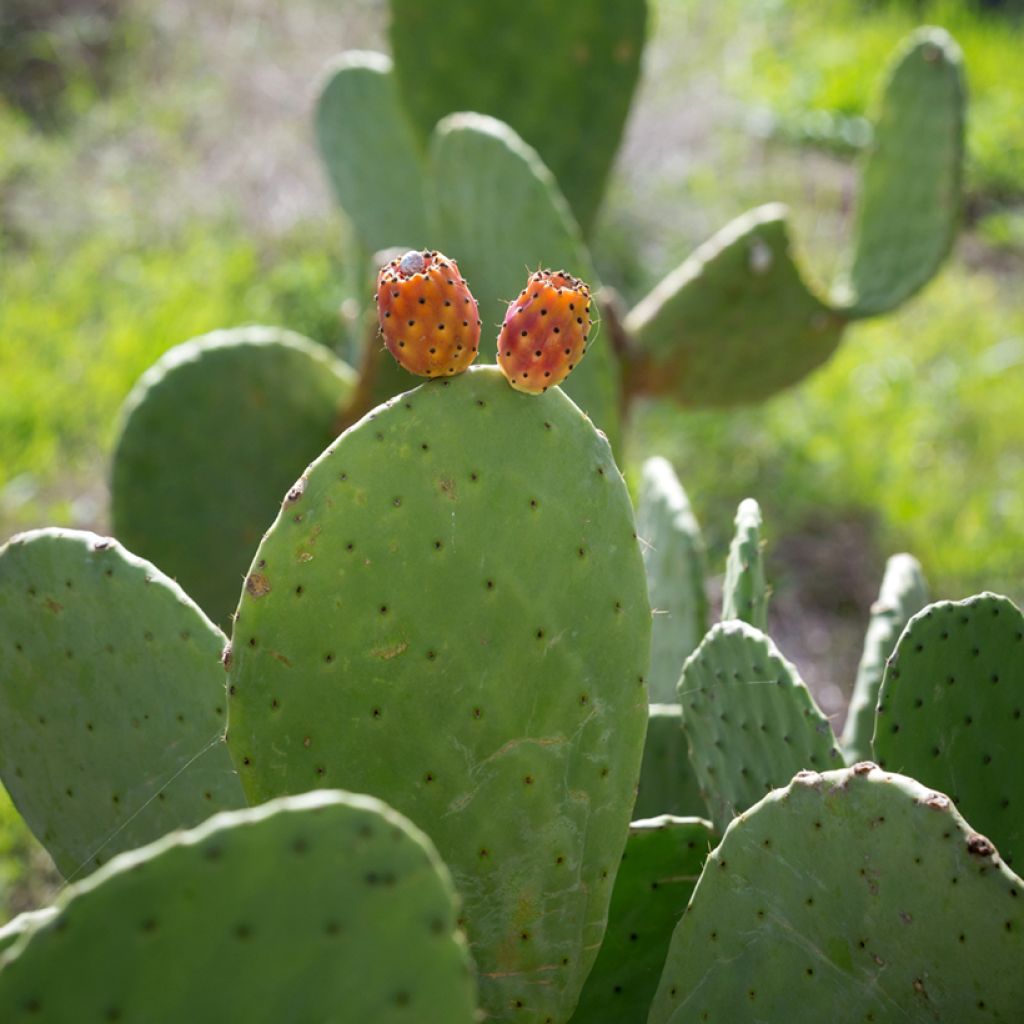

Opuntia aciculata - Prickly pear cactus
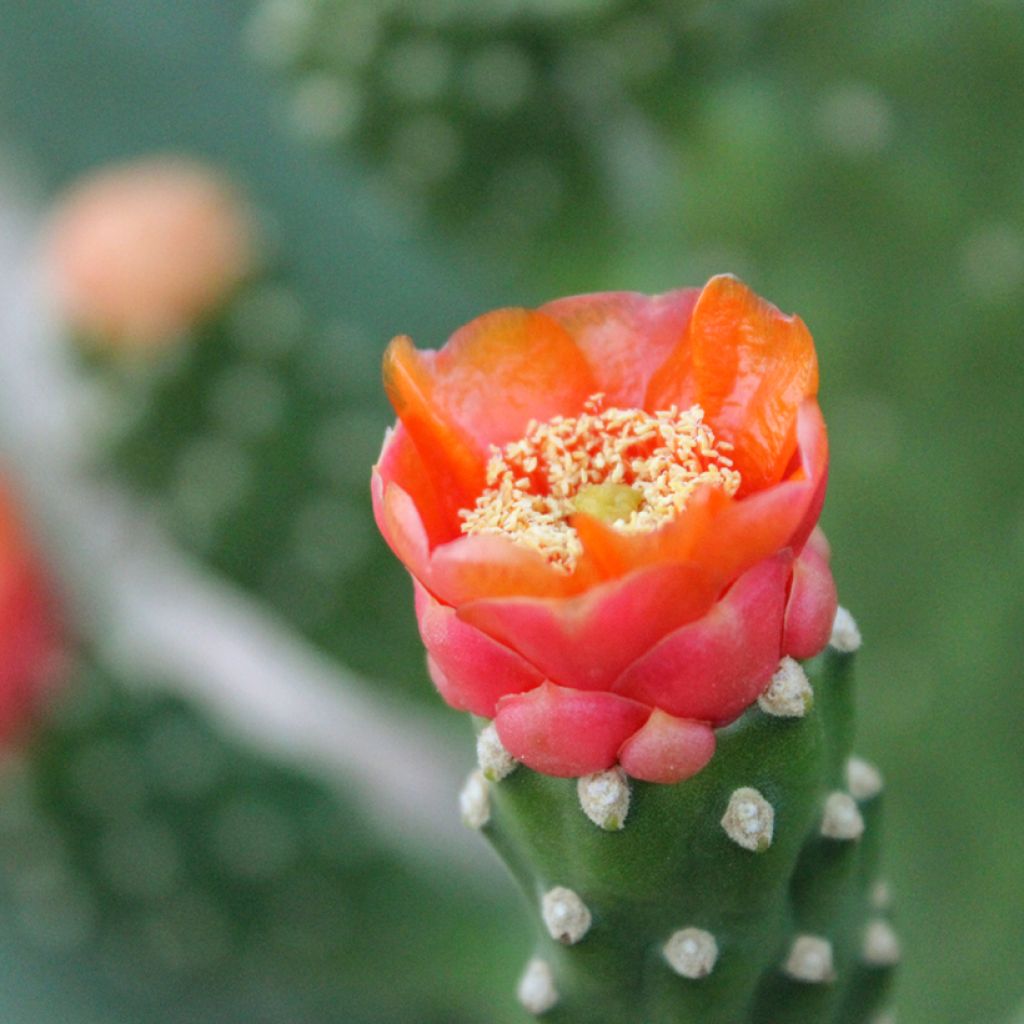

Opuntia aciculata - Prickly pear cactus
Opuntia aciculata - Prickly pear cactus
Opuntia aciculata
Prickly Pear
Special offer!
Receive a €20 voucher for any order over €90 (excluding delivery costs, credit notes, and plastic-free options)!
1- Add your favorite plants to your cart.
2- Once you have reached €90, confirm your order (you can even choose the delivery date!).
3- As soon as your order is shipped, you will receive an email containing your voucher code, valid for 3 months (90 days).
Your voucher is unique and can only be used once, for any order with a minimum value of €20, excluding delivery costs.
Can be combined with other current offers, non-divisible and non-refundable.
Why not try an alternative variety in stock?
View all →This plant carries a 12 months recovery warranty
More information
We guarantee the quality of our plants for a full growing cycle, and will replace at our expense any plant that fails to recover under normal climatic and planting conditions.
Would this plant suit my garden?
Set up your Plantfit profile →
Description
Opuntia aciculata, nicknamed the prickly pear with needles, is a rather fascinating desert plant, whose thick pads are covered with orange glochidia. This species is prized for its stunning raspberry-red flowers. Highly decorative in rockeries or dry beds, this cactus is very resistant to frost in dry soil. A prime choice for an arid garden or a succulent collection! Hardy prickly pears can be grown outdoors, in the ground and away from footpaths. These plants perfectly embody the spirit of North America's desert landscapes.
Opuntia aciculata, a close relative of the Indian Fig (Opuntia ficus-indica), is a succulent plant from the Cactaceae family lacking true leaves. Native to the southwestern United States (Texas) and the Mexican states of Nuevo León and Tamaulipas, this species thrives mainly in desert areas and arid scrubland. It is often found on dry, rocky hills, forming sparse, small colonies. It is closely related to Opuntia engelmannii, with which it shares several morphological characteristics. This shrubby cactus has a low, spreading habit, reaching up to 1 m in height and easily spreading 2 m wide in the ground. Its growth is relatively slow, forming compact hemispherical clumps. The fleshy stems, or cladodes, are flattened, obovate to ovate, measuring between 12 and 20 cm in length. They are bright to dark green, sometimes taking on a pinkish hue in cold weather. The areoles, spaced about 5 mm apart, feature prominent glochidia, 0.5 to 1 cm long, arranged in dense rings around the areoles. These golden yellow to dark red glochidia are particularly stinging. Although longer spines may be present, they are generally absent or few. Opuntia aciculata produces offsets that contribute to the gradual expansion of the clump. The flowers of Opuntia aciculata are broad and pointed, measuring between 8 and 10 cm in diameter. They exhibit a colour palette ranging from golden yellow to orange or red, sometimes with a greenish centre. Flowering occurs in spring or early summer, depending on the climate. The pear-shaped fruits are green to purple and covered in fine spines and glochidia. They are edible and ripen shortly after flowering. An interesting peculiarity of this species is the thigmotaxis of its floral anthers: at the slightest touch, they bend to deposit pollen onto insects or other pollinators, thus facilitating the plant's reproduction.
Historically, the fruits of Opuntia aciculata were consumed by local populations, and young cladodes, once the spines were burned off, served as livestock feed, particularly during droughts. This use dates back to the early 17th century, with the introduction of livestock into semi-arid areas, leading to overgrazing and necessitating alternative food sources such as cacti.
Cultivable in many regions where winters are neither too wet nor too cold, the needle prickly pear is hardy down to -10/-15°C without protection, but in dry, perfectly drained, stony, rocky or sandy soil. It naturally structures exotic landscapes, in large rockeries, on arid slopes or at the edges of dry gardens. It can also be used to reinforce a defensive hedge. Pair it with fairly hardy columnar cacti: Cleistocactus strausii or Echinopsis atacamensis (synonym Trichocereus pasacana). It should be kept away from paths and children, due to its fine but formidable spines.
Opuntia aciculata - Prickly pear cactus in pictures




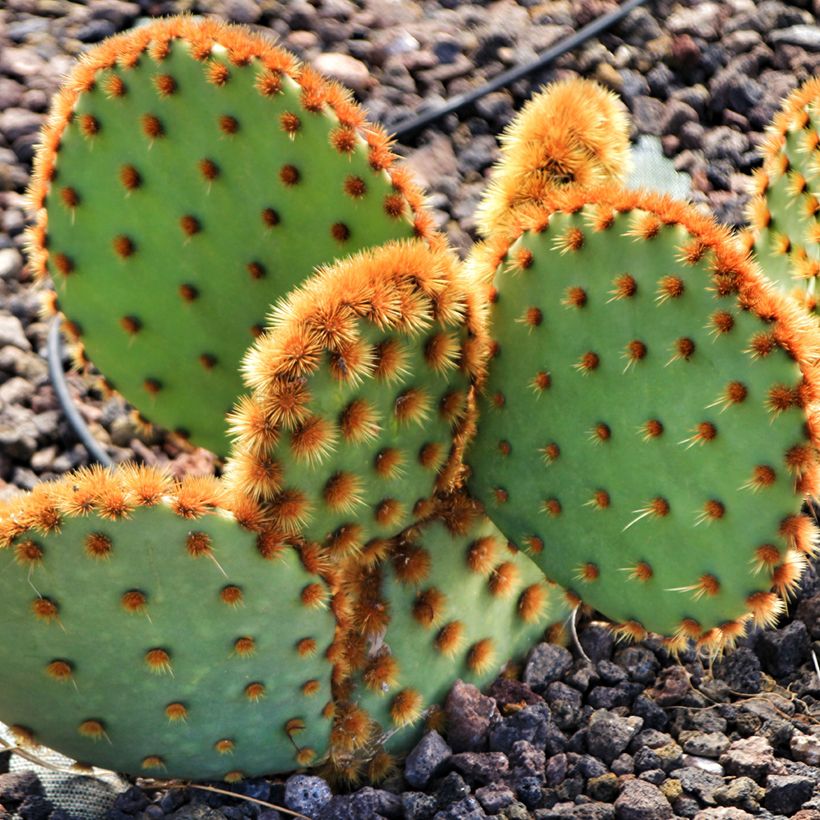



Flowering
Foliage
Plant habit
Botanical data
Opuntia
aciculata
Cactaceae
Prickly Pear
Nopalea aciculata
North America
Other Opuntia
View all →Planting and care
Plant Opuntia aciculata in spring (or early autumn in hot, dry climates), in full sun, preferably in poor, stony, chalky, sandy, very well-drained soil. It tolerates frost well in porous soil and enjoys dry, even arid soils in summer. It will withstand frosts down to around -12°C. Its segments may sometimes droop in winter due to the cold but will "plump up" again in spring. This species also tolerates sea spray and can therefore be grown by the coast. It has no known pests in our latitudes.
Growing substrate: 3/4 compost + 1/4 topsoil + organic fertiliser for potted plants. Sandy, very stony soil, low in clay for outdoor cultivation.
Propagation by cuttings from prickly pear segments is easy: remove a segment at a joint, place it on a cactus soil-type substrate for a few days until a callus forms. Then insert the base of the cutting slightly deeper into the soil and water regularly. The plant will not flower or bear fruit until it is at least 3 years old.
Handle your cacti with gloves and protective goggles.
Planting period
Intended location
Care
Planting & care advice
This item has not been reviewed yet - be the first to leave a review about it.
Similar products
Haven't found what you were looking for?
Hardiness is the lowest winter temperature a plant can endure without suffering serious damage or even dying. However, hardiness is affected by location (a sheltered area, such as a patio), protection (winter cover) and soil type (hardiness is improved by well-drained soil).

Photo Sharing Terms & Conditions
In order to encourage gardeners to interact and share their experiences, Promesse de fleurs offers various media enabling content to be uploaded onto its Site - in particular via the ‘Photo sharing’ module.
The User agrees to refrain from:
- Posting any content that is illegal, prejudicial, insulting, racist, inciteful to hatred, revisionist, contrary to public decency, that infringes on privacy or on the privacy rights of third parties, in particular the publicity rights of persons and goods, intellectual property rights, or the right to privacy.
- Submitting content on behalf of a third party;
- Impersonate the identity of a third party and/or publish any personal information about a third party;
In general, the User undertakes to refrain from any unethical behaviour.
All Content (in particular text, comments, files, images, photos, videos, creative works, etc.), which may be subject to property or intellectual property rights, image or other private rights, shall remain the property of the User, subject to the limited rights granted by the terms of the licence granted by Promesse de fleurs as stated below. Users are at liberty to publish or not to publish such Content on the Site, notably via the ‘Photo Sharing’ facility, and accept that this Content shall be made public and freely accessible, notably on the Internet.
Users further acknowledge, undertake to have ,and guarantee that they hold all necessary rights and permissions to publish such material on the Site, in particular with regard to the legislation in force pertaining to any privacy, property, intellectual property, image, or contractual rights, or rights of any other nature. By publishing such Content on the Site, Users acknowledge accepting full liability as publishers of the Content within the meaning of the law, and grant Promesse de fleurs, free of charge, an inclusive, worldwide licence for the said Content for the entire duration of its publication, including all reproduction, representation, up/downloading, displaying, performing, transmission, and storage rights.
Users also grant permission for their name to be linked to the Content and accept that this link may not always be made available.
By engaging in posting material, Users consent to their Content becoming automatically accessible on the Internet, in particular on other sites and/or blogs and/or web pages of the Promesse de fleurs site, including in particular social pages and the Promesse de fleurs catalogue.
Users may secure the removal of entrusted content free of charge by issuing a simple request via our contact form.
The flowering period indicated on our website applies to countries and regions located in USDA zone 8 (France, the United Kingdom, Ireland, the Netherlands, etc.)
It will vary according to where you live:
- In zones 9 to 10 (Italy, Spain, Greece, etc.), flowering will occur about 2 to 4 weeks earlier.
- In zones 6 to 7 (Germany, Poland, Slovenia, and lower mountainous regions), flowering will be delayed by 2 to 3 weeks.
- In zone 5 (Central Europe, Scandinavia), blooming will be delayed by 3 to 5 weeks.
In temperate climates, pruning of spring-flowering shrubs (forsythia, spireas, etc.) should be done just after flowering.
Pruning of summer-flowering shrubs (Indian Lilac, Perovskia, etc.) can be done in winter or spring.
In cold regions as well as with frost-sensitive plants, avoid pruning too early when severe frosts may still occur.
The planting period indicated on our website applies to countries and regions located in USDA zone 8 (France, United Kingdom, Ireland, Netherlands).
It will vary according to where you live:
- In Mediterranean zones (Marseille, Madrid, Milan, etc.), autumn and winter are the best planting periods.
- In continental zones (Strasbourg, Munich, Vienna, etc.), delay planting by 2 to 3 weeks in spring and bring it forward by 2 to 4 weeks in autumn.
- In mountainous regions (the Alps, Pyrenees, Carpathians, etc.), it is best to plant in late spring (May-June) or late summer (August-September).
The harvesting period indicated on our website applies to countries and regions in USDA zone 8 (France, England, Ireland, the Netherlands).
In colder areas (Scandinavia, Poland, Austria...) fruit and vegetable harvests are likely to be delayed by 3-4 weeks.
In warmer areas (Italy, Spain, Greece, etc.), harvesting will probably take place earlier, depending on weather conditions.
The sowing periods indicated on our website apply to countries and regions within USDA Zone 8 (France, UK, Ireland, Netherlands).
In colder areas (Scandinavia, Poland, Austria...), delay any outdoor sowing by 3-4 weeks, or sow under glass.
In warmer climes (Italy, Spain, Greece, etc.), bring outdoor sowing forward by a few weeks.






























